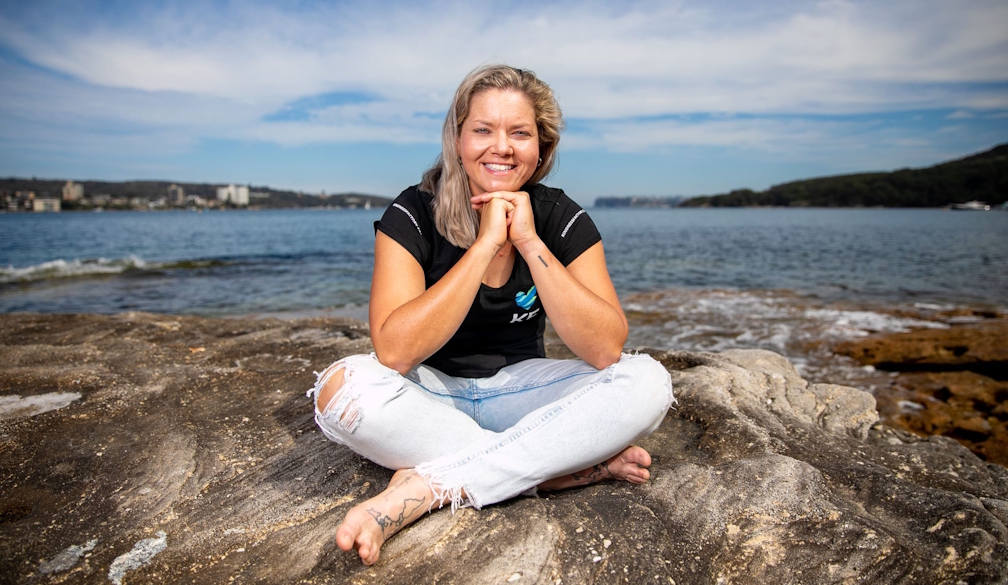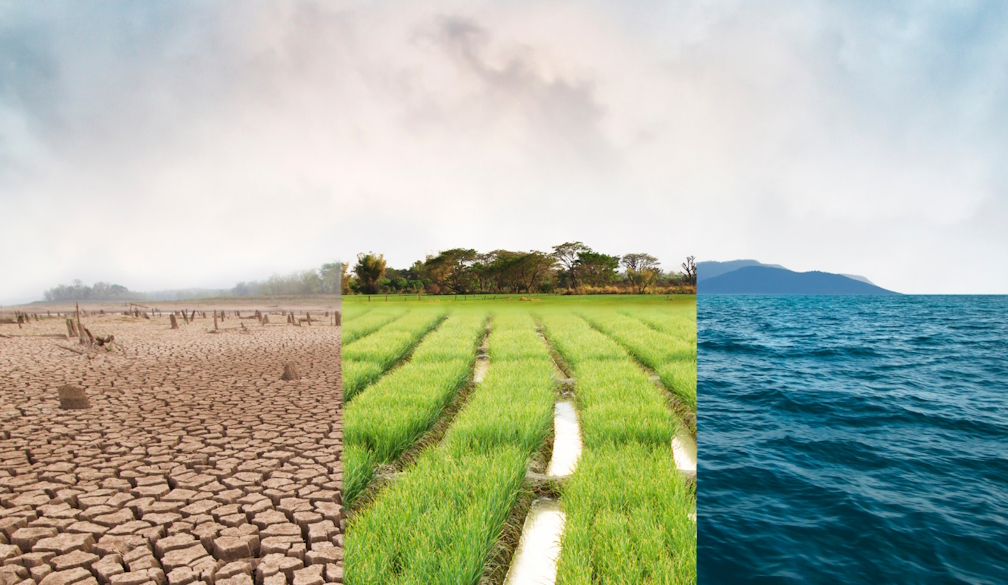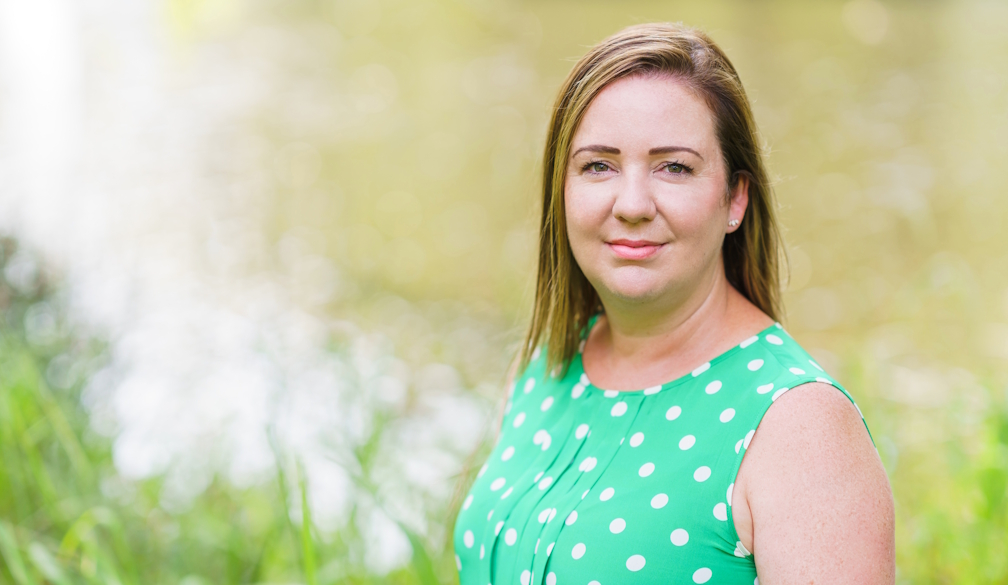4 things our schools should do now to help prevent gender-based violence
- Written by Giselle Natassia Woodley, Researcher and Phd Candidate, Edith Cowan University

There is widespread agreement Australia needs to do better[1] when it comes to gender-based violence. Anger and frustration at the numbers of women being killed saw national rallies over the weekend and a special National Cabinet meeting[2] on Wednesday.
This is a complex issue that still needs input from police, experts, parliaments and broader society. As part of this, it also involves our school system.
In recent years there has been a push to teach consent[3] as part of sexuality and relationships education from the first year of school to Year 10.
This is a welcome start. But there remain large gaps in the curriculum and schools’ approaches to these issues. Here are four things schools, teachers and education authorities should implement now to make our communities safer.
1. Make ‘pornography literacy’ a mandatory part of the curriculum
We know some young people are first seeing porn online before they are ten[4] and the eSafety Commissioner has heard anecdotal reports it is happening as young as six or seven.
Research also shows[5] a lot of freely available pornography has high levels of aggression and dominance towards women[6] and rarely displays safe sexual practices or consent negotiations. This inevitably shapes young people’s understanding[7] and expectations of sex.
While exposure to porn will not necessarily have only negative impacts, and pornography is not to solely blame, studies indicate it can contribute to sexual violence[8].
On Wednesday, as part of a range of measures[9] to address gender-based violence, the federal government announced A$6.5 million for an “age assurance technologies” pilot. This is technology to try and prevent young people from being able to access pornography online.
But we cannot rely on measures like this alone. Last August, the federal Infrastructure Department described[10] current age assurance technologies as “immature” and carrying privacy and security risks. This echoes similar concerns from researchers[11].
As a 2020 UK study[12] also showed, prohibiting young people from watching pornography is unrealistic and impractical. Young people also tend to find workarounds[13] for such measures.
A more effective approach is teaching young people “porn literacy[14]”. This means they learn to critically analyse and deconstruct messages commonly found in pornography. In doing so, they can counter the potentially harmful messages[15] or images they might see.
But porn literacy is not currently part of the mandatory curriculum. It is only mentioned as a suggested option as part of the health and physical education learning area[16] in Year 9 and Year 10.
Mandatory age-appropriate discussions[17] about porn should be starting in the primary years, to match when young people may first encounter this material, and continue to develop into the high school years.
2. Keep teaching about sex and relationships in Year 11 and 12
At the moment, sexuality education in the national curriculum stops in Year 10, with students selecting specific subjects in the final two years of schooling.
This is a problem because students are increasingly likely to be dating or sexually active in their senior years. On average, Australians become sexually active at 15[18] (which is in Year 9 and 10).
While Year 11 and 12 students are busy with their academic studies, they can still have regular relationship and sexuality lessons. This could include sessions led by experts or teachers, or smaller group discussions with peers, which can involve anonymous question boxes[19].
3. Teach all young people to be ‘upstanders’
Research shows[20] education about gender-based violence works better when it encourages boys[21] and men[22] to be part of the solution, rather than portraying them as “wrongdoers”.
This means education needs to focus on showing young people how to be “upstanders[23]” when they witness harmful behaviours.
Schools and teachers can do this by offering information that helps them identify what behaviours they need to stand up to and how to stand up to them effectively.
Schools can also teach their students how to manage their emotions[24] and communicate to resolve conflicts[25] without resorting to violence or aggression.
All genders[26] can experience sexual violence, although, boys and men often encounter less support and face greater stigma[27] when disclosing their experiences. It is important for school environments to acknowledge all young people so they feel safe to get support if they need it.
4. Train teachers to teach sensitive content
Delivering such sensitive content can be difficult and therefore, requires specific training.
But at the moment, there is not enough training[30] in sexuality education for teachers before they start teaching and once they are in classrooms. Teachers from other areas – such as maths or history – often find themselves delivering sex and relationships content.
This leaves teachers underprepared and undersupported[31] to deliver this content.
So we need to make sure specific units on sexuality and relationships are part of all teaching degrees and there is professional development for existing teachers. This training should be mandated and funded by governments.
References
- ^ do better (www.theguardian.com)
- ^ National Cabinet meeting (theconversation.com)
- ^ teach consent (theconversation.com)
- ^ before they are ten (www.esafety.gov.au)
- ^ also shows (link.springer.com)
- ^ aggression and dominance towards women (academic.oup.com)
- ^ shapes young people’s understanding (www.sciencedirect.com)
- ^ contribute to sexual violence (journals.sagepub.com)
- ^ range of measures (www.pm.gov.au)
- ^ described (www.infrastructure.gov.au)
- ^ researchers (onlinelibrary.wiley.com)
- ^ 2020 UK study (www.emerald.com)
- ^ find workarounds (onlinelibrary.wiley.com)
- ^ porn literacy (pubmed.ncbi.nlm.nih.gov)
- ^ harmful messages (onlinelibrary.wiley.com)
- ^ health and physical education learning area (v9.australiancurriculum.edu.au)
- ^ age-appropriate discussions (raisingchildren.net.au)
- ^ sexually active at 15 (www.latrobe.edu.au)
- ^ anonymous question boxes (www.ccyp.com.au)
- ^ shows (link.springer.com)
- ^ encourages boys (www.ncbi.nlm.nih.gov)
- ^ men (www.wa.gov.au)
- ^ upstanders (journals.sagepub.com)
- ^ manage their emotions (www.tandfonline.com)
- ^ resolve conflicts (journals.sagepub.com)
- ^ All genders (theconversation.com)
- ^ less support and face greater stigma (www.ncbi.nlm.nih.gov)
- ^ Kat Wilcox/ Pexels (www.pexels.com)
- ^ CC BY (creativecommons.org)
- ^ not enough training (www.tandfonline.com)
- ^ underprepared and undersupported (www.tandfonline.com)


















